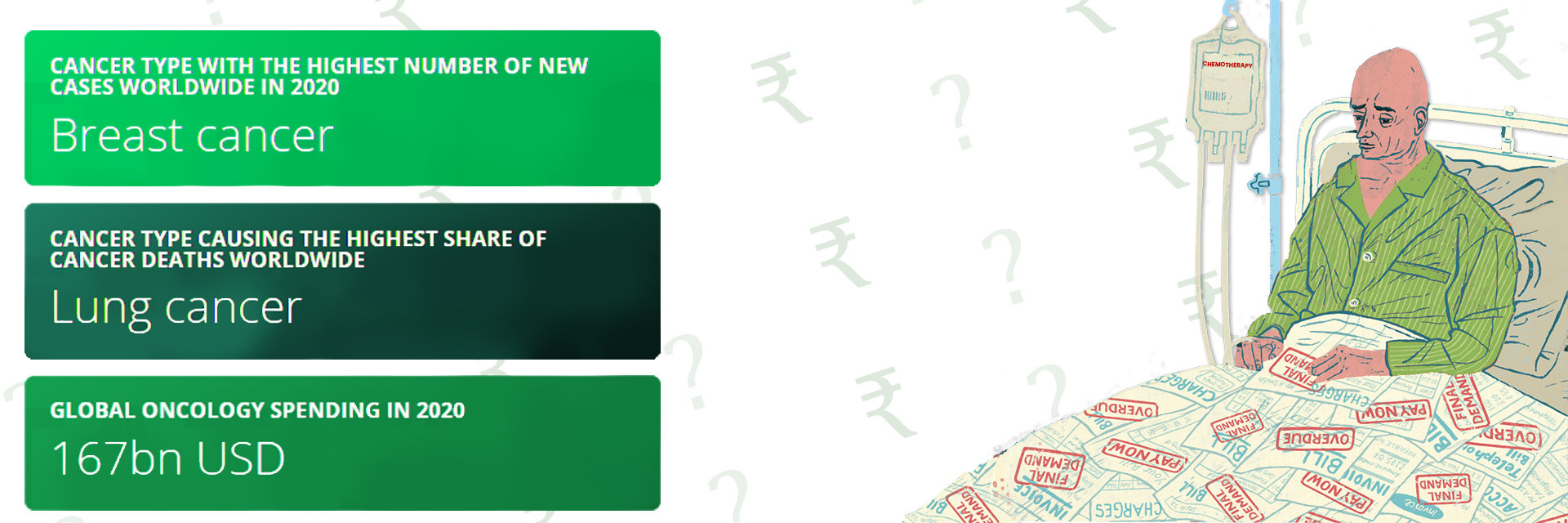OVERVIEW
Nagpur is stepping forward with commendable initiatives to provide free cancer treatment in hospitals, ensuring that financial constraints do not hinder anyone's fight against cancer. These programs, backed by government and private entities, offer comprehensive care, including diagnosis, treatment, and follow-up, making critical healthcare accessible to all. This commitment reflects a community united in the battle against cancer, prioritizing health and well-being above all.
1. National Cancer Institute (NCI)
Type: Public
Address: Khasra No. 25, Outer Hingna Road, Jamtha, Nagpur - 440018
Established: 2012
Services Provided:
- NIC provides different cancer treatments, clinical care, research, and education.
- There are also specialized cancer services for children and women.
Additional Information:
- Tata Trusts pledged financial support to NCI, Nagpur, to expand cancer care and research.
2. Rashtra Sant Tukdoji Regional Cancer Hospital (RSTRCH)
Type: Charitable Trust Hospital
Address: 44F3+HJ4, Tukdoji Chowk, Manewada Rd, Rameshwari, Nagpur, Maharashtra
Established: 1974
Specialties:
- The hospital specializes in various Cancer treatments, such as Surgical Oncology, Medical Oncology, and Head & Neck Oncology.
Services Provided:
- Cancer-specific services such as Cancer treatment, specialized oncology care, and empanelled specialist services are provided.
- There are also several medical facilities, such as anaesthetists, pathologists, radiologists, palliative care, and more.
Additional Information:
- Provides financial assistance to poor patients below the poverty line for cancer treatment.
3. Government Medical College and Hospital (GMCH)
Type: Public
Address: Medical Square, Nagpur
Established: 1947
Bed Count: 1886
Specialties:
- The hospital specializes in Cancer treatment and various other medical disciplines.
- GMCH provides general medical care and several specialized treatments for cancer.
Additional Information:
- The Institution was inaugurated by the first president of India, Dr. Rajendra Prasad.
4. Orange City Hospital & Research Institute (OCHRI)
Type: Private
Address: 19, Veer Sawarkar Square, Opposite to Jupiter College, Khamla Road, Nagpur, Maharashtra 4400151
Established: 1996
Bed Count: 150
Specialties:
- It's a multi-speciality hospital that specializes in various medical fields such as Radiation Oncology, Hematology, Medical Oncology, ENT, Obstetrics and Gynecology, Orthopedics, Urology, Ophthalmology, Plastic Surgery, Pulmonology, Neurology, Cardiology
- General medical facilities such as Ambulances, Blood Banks, ICU, OPD, and OT are available.
Additional Information:
- OCHRI provides high-quality cancer treatment at affordable and highly subsidized rates through government schemes such as MJPJAY and PMJAY.
- They also conduct regular awareness and cancer screening camps in and around the Vidarbha region.






